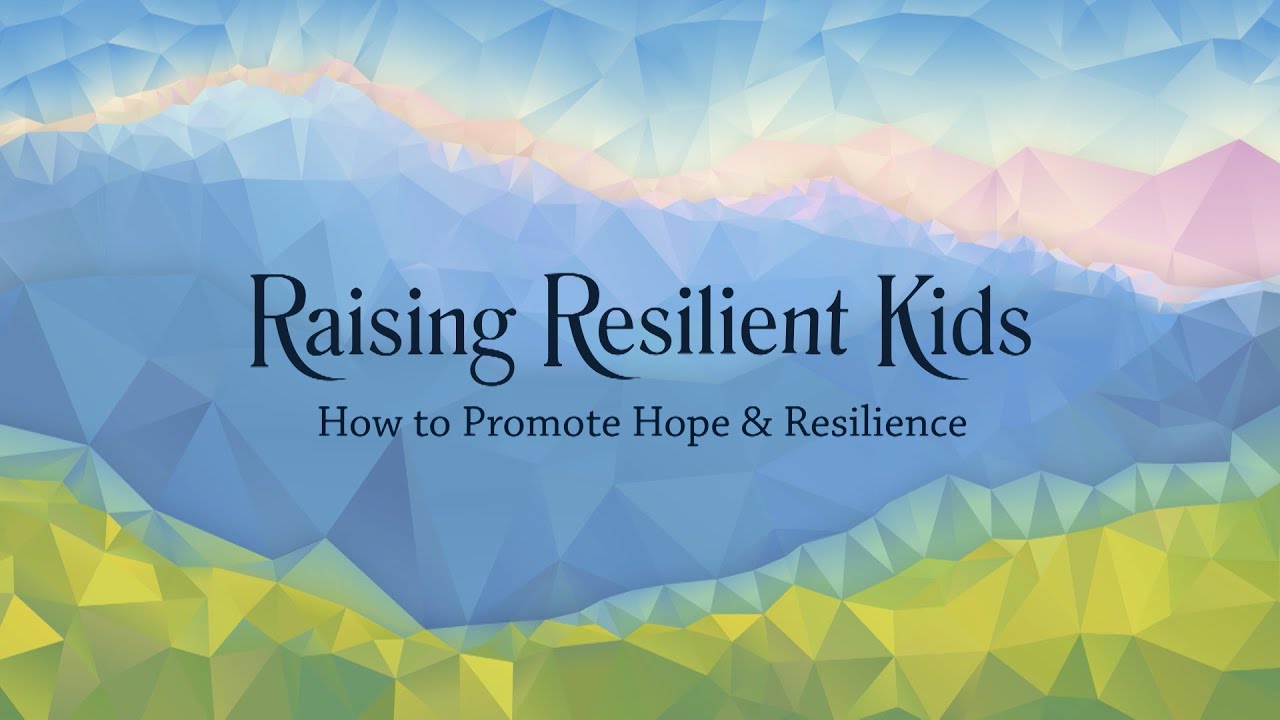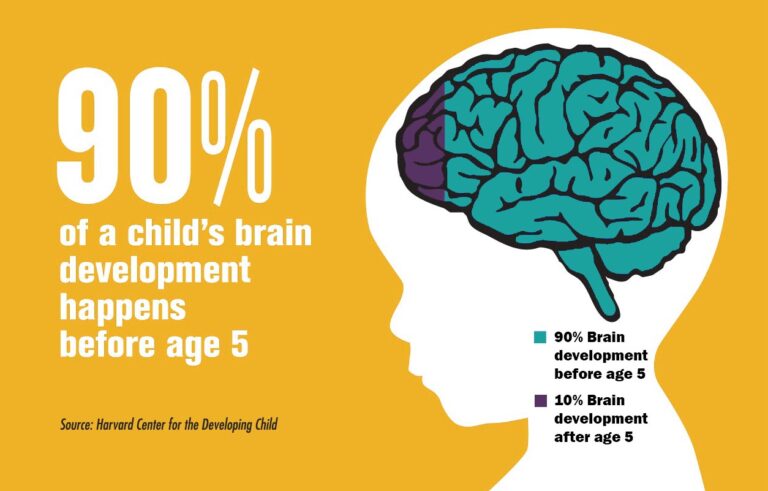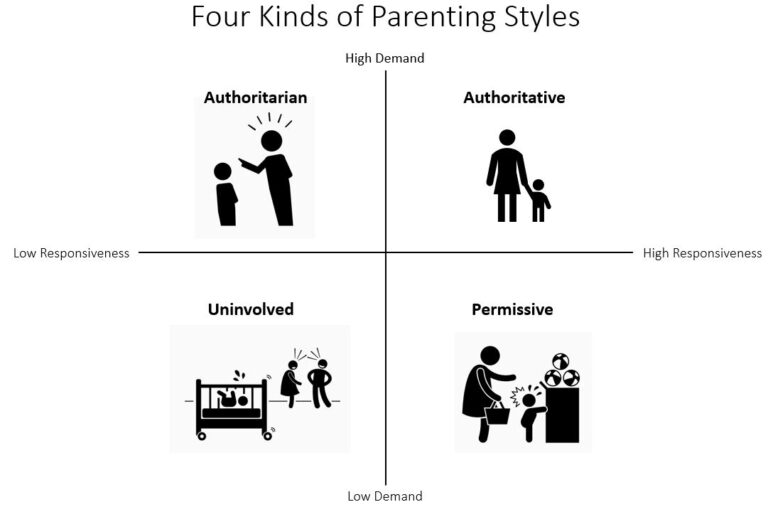Give children a place where they can love somebody else. We all need to be loved and we can only do that the best by giving love.
Building hope and resilience in a child is a crucial endeavor that lays the foundation for their overall well-being and future success. In this process, children require various elements to thrive and overcome the challenges they may face.
Let’s learn more about below points in depth ( tap / click to jump to the respective topic )
– They need a hero who accepts and forgives them, guiding them through tough times and assuring them that everything will be okay.
– Creating a safe space at home, school, or in specific activities allows children to express themselves and find stability.
– Engaging with nature, prayer, and singing provides peace and inspiration.
– Giving children a voice to express emotions through activities like writing or art helps them externalize their experiences.
– Discovering purpose and goals gives them direction.
By being a hero, offering refuge, giving a voice, and promoting love, we can nurture hope and resilience in children.
Ultimately, building hope and resilience in a child requires adults to become heroes in their lives. It entails loving them unconditionally, accepting them for who they are, and guiding them towards a brighter future. By providing a place of refuge, offering a platform for self-expression, and fostering a sense of purpose, adults can equip children with the tools they need to flourish. Through this process, children learn not only to love and accept themselves but also to extend that love to others.
This results in creating a cycle of compassion and support that uplifts both the individual and the community as a whole.
Studies of thousands of adults with abnormal lives or behaviour ( drug addict, alcohol addict, mass shooters, criminals, voilent persons, serious mental health issues like depression, anxiety etc ) across US over the decade; have clearly shown direct co-relation between their bad childhood experiences affecting their adulthood as well. It’s also observed that all of these adults had lacked “love” from their parents during the childhood days.
Let’s learn together how to be a great parent, caregiver, teacher.
Why Kids Need a Hero: Acceptance, Forgiveness, and Guidance
We will learn why kids need a hero who accepts and forgives them, providing the support they need to navigate through challenging times. Learn how a hero’s guidance and reassurance can instill hope, reminding children that things will be okay.
Kids need a hero in their lives who can offer acceptance, forgiveness, and unwavering support. This hero becomes a trusted figure to whom children can turn during difficult moments.
Hero provides guidance and reassurance during difficult times in the life of a kid, helping kids understand that although things might not be okay in the present. Hero is there to lend a helping hand to a child and assure it that everything will eventually be alright.
A hero’s presence in a child’s life can be instrumental in shaping their emotional well-being and overall development.
A hero can be a real life person or even god or nature as well.
The Power of Safe Spaces: Nurturing Children's Resilience and Well-being
Safe spaces hold a profound influence on the emotional well-being and resilience of children. A safe space acts as a haven where children can find comfort, safety and belonging. Within the familiar confines of home, the nurturing environment of school, or the supportive atmosphere of specific classes, these safe spaces create opportunities for emotional expression, growth, and development.
At home, a safe space provides children with a comforting refuge where they can freely express their thoughts, emotions, and vulnerabilities. It offers a sanctuary where they feel unconditionally loved, accepted, and understood.
Children can explore their identities, express their dreams and anxieties, and ask their carers for guidance inside within the walls of the house. Children can develop a solid foundation of emotional stability and resiliency in this safe environment, preparing them to handle the difficulties life presents.
For every kid, the school environment plays a pivotal role in providing a safe space after their homes. In classrooms filled with supportive teachers and peers, children can express themselves academically, creatively, and socially. It is within these spaces that they develop their talents, discover their passions, and form meaningful connections with others. The safe and inclusive atmosphere of the school fosters a sense of community and belonging, promoting a positive self-image and enhancing their overall well-being.
Recreational classes and extracurricular activities have been observed to act as safe spaces for children to explore their interests and talents. Non-study related activities like arts, music, sports, or other areas of interest, these dedicated spaces provide a nurturing environment where children can pursue their passions, express their creativity, and develop their skills.
Various studies conducted across the US have found that engaging in these activities not only enhances kids’ self-esteem but also fosters resilience as they learn to overcome challenges and setbacks.
The significance of safe spaces lies in their ability to empower children to develop resilience, navigate obstacles, and thrive in various aspects of life.
These places give kids a safe haven where they may express their feelings, build self-esteem, and pick up crucial life lessons while feeling supported, accepted, and safe. They gain skills in effective communication, conflict resolution, and coping that support their emotional health.
In conclusion, safe spaces are integral to nurturing the resilience and well-being of children. From the comforting embrace of home to the supportive environment of school and specialized classes, these sanctuaries provide children with the necessary tools to navigate life’s challenges. By fostering emotional expression, promoting a sense of belonging, and empowering children to develop essential life skills, safe spaces contribute significantly to their growth, resilience, and overall happiness.
The Healing Power of Nature, Prayer, and Singing: Nurturing Children's Well-being
Nature, prayer, and singing hold remarkable healing and transformative powers for children’s well-being. Let’s learn in depth about the immense benefits of these activities, highlighting their positive impact on nurturing resilience, fostering a sense of peace, and promoting emotional well-being.
Spending time in nature is a powerful antidote to the stress and demands of modern life. Children who are immersed in nature feel a deep feeling of calm, connectedness, and harmony. Whether it’s exploring a local park, walking through forests, or simply observing the beauty of plants and animals, nature provides a sanctuary where children can rejuvenate their spirits and find solace. Connecting with nature is not only calming, it evokes a deeper awareness of the wonders of the world, encourages awe and curiosity, and promotes overall well-being.
Prayer, regardless of religious affiliation, offers children a sacred space for reflection, gratitude, and spiritual connection. Engaging in prayer allows them to express their innermost thoughts and emotions, seek guidance, and find comfort in a higher power. Through prayer, children develop a sense of purpose, faith, and resilience as they learn to navigate life’s challenges with trust and hope. Through numerous studies; It is observed that regular prayer ( with family, friends, community ) serves as a source of strength, encouragement, and a reminder that they are not alone on their journey.
Singing is a joyful and expressive outlet for children to unleash their emotions, find their voice, and uplift their spirits. Whether it’s belting out favorite tunes, joining a choir, or simply humming a melody, singing offers a cathartic release that can positively impact their emotional well-being. Singing is the best natural, free medicine to reduce stress, elevate mood, and promote a sense of unity and belonging. It works perfectly for any age group, especially children love it a lot either singing alone or with group; later is the best. It helps children to express themselves creatively, increase their self-confidence, and develop an optimistic mindset that goes beyond music.
By embracing nature, prayer, and singing, children cultivate resilience, foster inner peace, and develop a positive outlook on life. The activities mentioned above; provides children with a sense of connection, inspiration, and self-expression that nurtures their overall well-being.
Empowering Children's Voices: The Transformative Power of Expression through Art and Writing
Let’s learn the profound benefits of engaging in expressive activities such as writing poetry and creating art, fostering emotional well-being, self-acceptance, and resilience. For the emotional growth and general wellbeing, it is crucial to give kids a voice and give them the chance to be heard.
This section delves into the transformative power of expression through art and writing, highlighting the great benefits of these activities in promoting emotional well-being, self-acceptance and resilience.
We’ll explore how giving children the means to externalize their internal emotions cultivates their ability to emote, fostering growth and nurturing their sense of identity.
For children to effectively express their ideas, feelings, and experiences, they must have a voice. When their voices are heard and validated, children feel acknowledged and accepted for who they truly are. This acceptance promotes self-esteem and allows you to build a positive self-image.
By providing children with platforms to speak their emotions, whether through conversations, storytelling, or creative outlets, we create an environment where their voices are valued and respected.
Engaging in expressive activities, such as writing poetry and creating art, provides children with powerful avenues to externalize their internal experiences.
Through writing, children are able to articulate their thoughts, feelings, dreams and get a glimpse into their inner world.
Similarly, art allows them to visually communicate their emotions, ideas, and perspectives.
These creative opportunities provide a safe space for children to explore their identities, face challenges and understand their emotions.
Furthermore, engaging in expressive activities encourages children to develop their communication skills and emotional intelligence. Writing poetry allows them to explore different literary techniques, play with language, and convey complex emotions. Creating art encourages them to experiment with colors, textures, and forms, expanding their visual vocabulary. These experiences broaden their capacity to understand and express their emotions effectively, promoting healthy communication and building strong interpersonal relationships.
To summarise, it is crucial for kids’ emotional development and growth to give them a voice and the chance to express themselves through writing and art. We create an environment that fosters their sense of identity, acceptance and resilience by respecting their voice, providing opportunities for expression and participating in activities that promote self-discovery.
Let us encourage children to externalize their internal experiences, unlock their creative potential, and embrace the transformative power of expression through art and writing.
Nurturing Children's Sense of Purpose: Building Goals and Inspiring Futures
Discover the importance of helping children find purpose and fostering goals to look forward to. Explore how instilling a sense of purpose empowers children, fuels their motivation, and promotes resilience and personal growth.
Finding purpose and having meaningful goals to look forward to are vital aspects of a child’s emotional and personal development.
Let’s learn in detail about the significance of nurturing children’s sense of purpose and providing them with goals that ignite their passion and enthusiasm.
Having a sense of purpose gives children a direction and a reason to strive for their dreams. It provides them with a sense of meaning and fulfillment, guiding their choices and actions.
When children have a clear purpose or big goals in life, they develop a strong sense of identity and a greater understanding of their own values and aspirations.
This clarity enables them to make informed decisions, set meaningful goals, and navigate challenges with resilience and determination.
Fostering goals that children can look forward to fuels their motivation and inspires a sense of anticipation and excitement. Having something to strive for gives them a sense of purposeful drive and empowers them to take proactive steps toward their aspirations. Whether it’s academic achievements, personal growth milestones, or pursuing interests and passions, goals provide children with a sense of purpose that propels them forward.
Moreover, goals give children a framework for personal growth and development. By setting realistic and achievable goals, children can break down larger aspirations into manageable steps, building confidence and a sense of accomplishment along the way.
This method fosters a growth mentality by teaching kids the importance of determination, courage, and the capacity to bounce back from failure.
Goals serve as a roadmap for progress and personal development, allowing children to continuously evolve and reach their fullest potential.
Having goals to look forward to also enhances children’s overall well-being and happiness. The anticipation of achieving something meaningful creates a positive outlook and a sense of excitement for the future.
Big goal/s in life provide children with a sense of purpose and a reason to engage actively in their daily lives.
Children who have goals feel empowered and confident because they have a sense of control and autonomy over their futures.
Conclusion
Building hope and resilience in children is a crucial endeavor that sets the foundation for their emotional well-being and future success.
The following essential ideas can help us encourage children’s development and provide them with the tools they need to face the challenges of life with confidence.
Firstly, recognizing that kids need a hero, someone who accepts them, forgives them, and provides guidance, is essential.
Secondly, providing safe spaces, be it at home, school, or specific classes, is vital. These refuges offer a sanctuary where children feel protected, accepted, and free to express themselves authentically.
Thirdly, encouraging children to spend time in nature, engage in prayer, and sing unlocks the healing power of these activities. Nature connects them to the world around them, prayer nurtures their spiritual growth, and singing allows them to find joy and self-expression.
Fourthly, giving children a voice and an opportunity to be heard is paramount. By providing platforms for expression through activities like writing poetry and making art, children learn to externalize their internal emotions.
Lastly, helping children find purpose and goals to look forward to fuels their motivation and resilience.
Children are empowered to take control of their life, overcome challenges, and realise their aspirations when we establish a sense of purpose in them and help them set meaningful goals.
In conclusion, by being the hero, providing safe spaces, embracing nature and self-expression, and nurturing a sense of purpose, we can build hope and resilience in children.
Together as an educated society, parents, caretakers let’s work hard towards creating an environment where children feel accepted, supported, and inspired to become the best versions of themselves.
By doing so, we equip them with the tools they need to face life’s challenges, embrace opportunities for growth, and navigate their future with unwavering hope and resilience.




